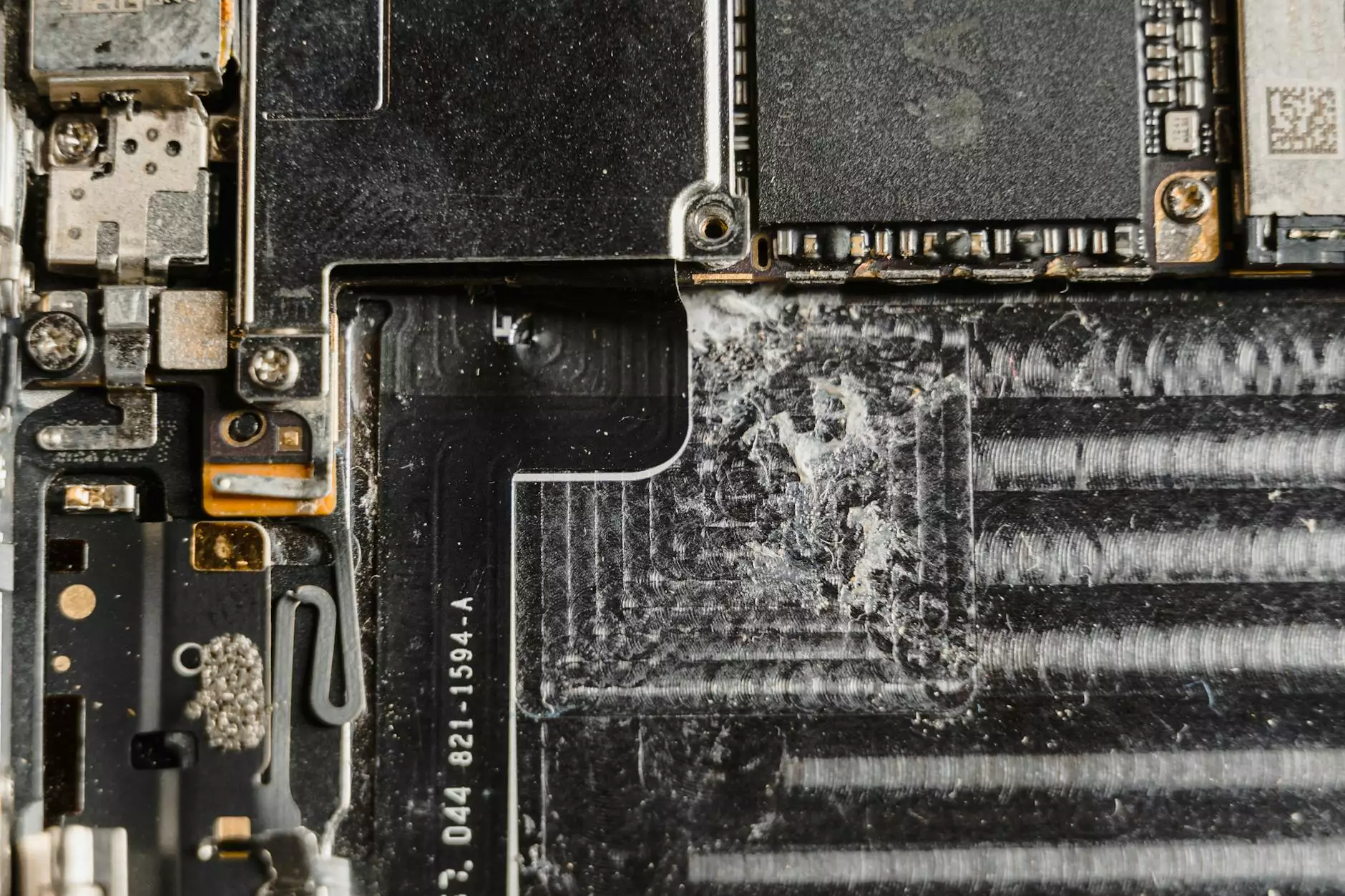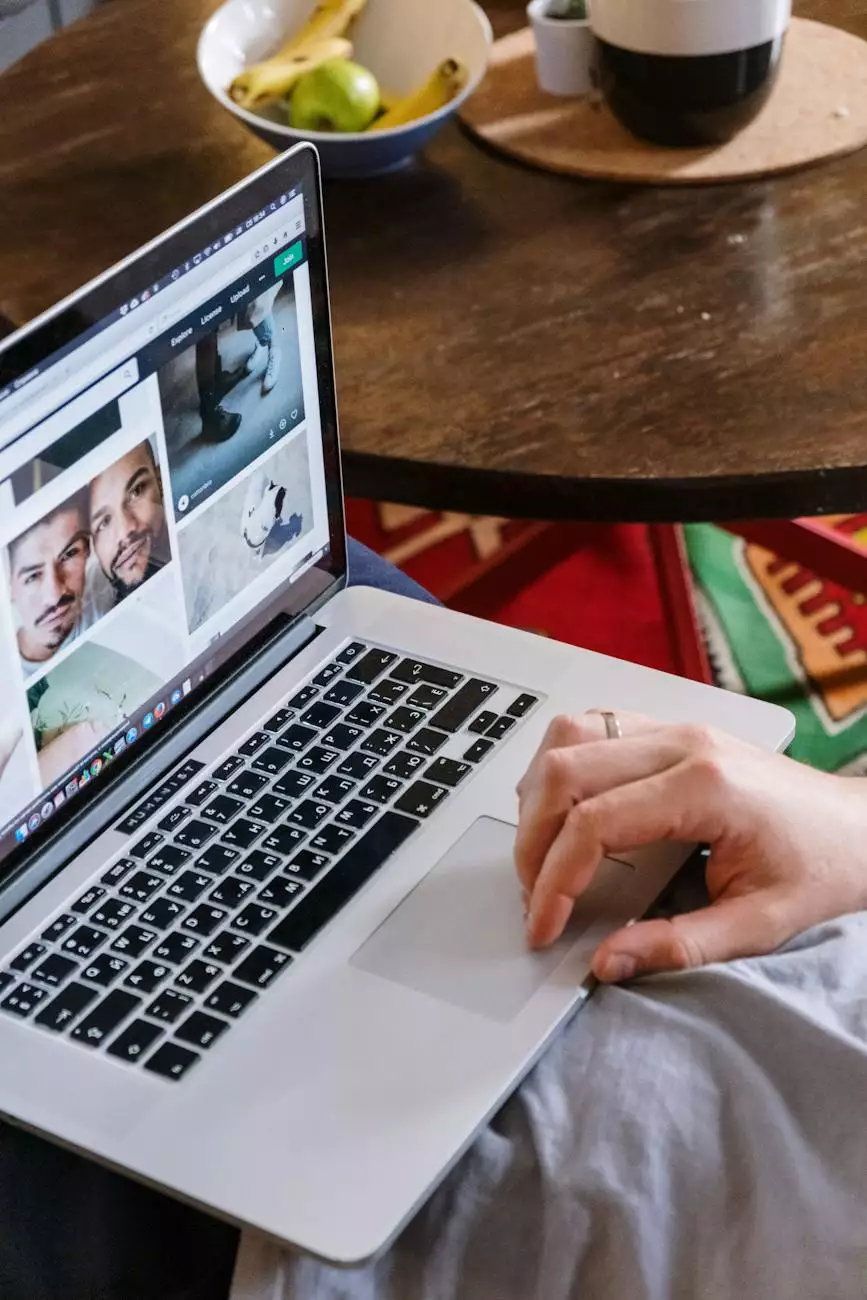The Ultimate Guide: Finding the Perfect Monitor Size for Programming

Introduction
Are you a programmer or a developer looking to enhance your coding experience? One crucial factor that can greatly impact your productivity and comfort is the monitor size. Choosing the right monitor size is essential to ensure clear visibility, improved multitasking capabilities, and reduced eye strain. In this comprehensive guide, IT Fix, a trusted name in Electronics, IT Services & Computer Repair, will walk you through everything you need to know about selecting the ideal monitor size for programming.
Why Monitor Size Matters for Programmers
As a programmer, your monitor is your primary interface with the code. It's where you write, review, and debug your applications. Optimal monitor size is crucial for several reasons:
- Enhanced Productivity: A larger monitor offers more screen real estate, allowing you to have multiple windows, code editors, and documentation open side by side. This saves time on switching between different programs and improves your overall workflow.
- Better Code Readability: Larger screen sizes allow for more lines of code to be displayed without wrapping or scrolling. This makes it easier to read and understand code, reducing the chances of errors and logical mistakes.
- Improved Multitasking: With a larger monitor, you can have multiple applications or browser tabs open simultaneously. This enables you to reference documentation, run tests, and monitor system resources without constantly switching between windows.
- Reduced Eye Strain: A larger monitor size helps eliminate eye strain by providing a more comfortable viewing experience. You can adjust font sizes and avoid squinting, leading to less fatigue during long coding sessions.
Choosing the Ideal Monitor Size
When selecting a monitor size for programming, several factors need to be considered:
Workspace and Desk Setup
Take into account your available workspace and desk setup. Measure the available space, including the desk's dimensions, to ensure your chosen monitor will fit comfortably without obstructing your movement or interfering with other items on your desk.
Resolution and Pixel Density
Resolution refers to the number of pixels displayed on the screen. Higher resolutions offer sharper and more detailed images. For programming purposes, a minimum resolution of 1920x1080 (Full HD) is recommended.
Moreover, consider the pixel density of the monitor. Pixel density is measured in pixels per inch (PPI) and affects how crisp the content appears on the screen. Higher pixel density allows for clearer and sharper text rendering, which is essential for reading code.
Aspect Ratio
Consider the aspect ratio of the monitor. The typical aspect ratio for programming monitors is 16:9, providing a widescreen view. This aspect ratio accommodates multiple windows and allows for a better workspace division.
Physical Size
The physical size of the monitor is measured diagonally and typically ranges between 22 to 32 inches for programming purposes. Larger screens offer more space for multitasking, but they may not be suitable if you have limited desk space. A 24 to 27-inch monitor is often considered an ideal balance between screen real estate and physical space requirements.
Best Monitor Size Options for Programming
Based on our expertise and extensive research, IT Fix recommends the following monitor sizes for programming:
1. 24-Inch Monitor
With a 24-inch monitor, you get a balance between size, screen real estate, and physical footprint. It provides ample room for coding, allows for multitasking, and suits most desk setups.
2. 27-Inch Monitor
A 27-inch monitor offers a larger display area, giving you more screen real estate for code, documentation, and debugging tools. If you have a spacious desk, a 27-inch monitor can enhance your programming experience.
3. Ultrawide Monitors
If you prefer an even wider workspace, consider ultrawide monitors with aspect ratios such as 21:9 or 32:9. These monitors offer an extended horizontal view, allowing you to have multiple code windows, notes, and references open side by side.
Conclusion
Choosing the right monitor size is essential for programmers and developers looking to optimize their coding experience. A well-suited monitor enhances productivity, code readability, multitasking capabilities, and reduces eye strain. Assess your workspace, consider the resolution, aspect ratio, pixel density, and physical size to find the monitor size that best suits your needs.
At IT Fix, we specialize in providing top-notch IT services, computer repair, and the latest electronics. Feel free to explore our website, itfix.info, and discover a wide range of monitors best suited for programming purposes. Upgrade your programming setup today and take your coding skills to the next level!










